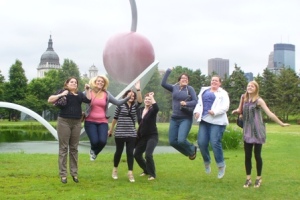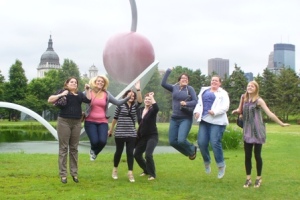Another post from Walgreens’ site.
WATER SAFETY
- Learn CPR.
- Teach your children to swim, but do not assume that this alone will prevent drowning in young children.
- Never leave young children unattended, even for a minute, in a bathtub, swimming pool, lake, ocean, or stream.
- Fence all home pools and keep the gate closed and locked.
- Always wear life preservers when boating, even if you can swim.
- Avoid drinking alcohol when swimming or boating.
- Never swim alone.
- Never dive into water unless you know beforehand how deep it is.
- Know your limits. Do not over-exert yourself.
- Avoid standing on wet surfaces or being in water during a lightening storm.
- Stay out of strong currents.
- Do not overload your boat. If your boat turns over, stay with the boat until help arrives.


